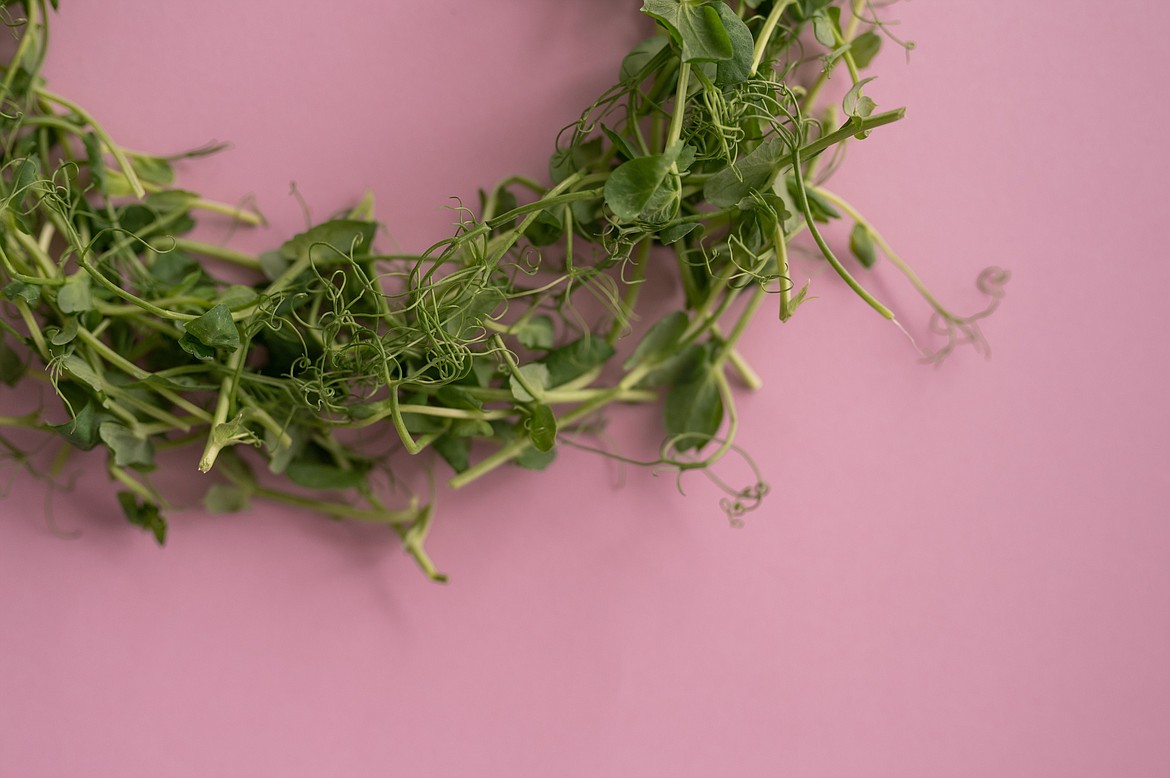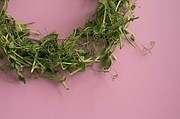Harvest herbs now for delightful gifts
VALLE NOVAK Contributing Writer | Bonner County Daily Bee | UPDATED 3 years, 4 months AGO
Lavender, tarragon, thyme, mint, rosemary, parsley, and sage — along with a host of other culinary herbs — are at their prime for harvest and drying now, and it’s the perfect time to put together your Christmas herb bouquets garni for friends and family. Cut with the longest stems possible for easy tying and hanging to dry, or toss leaf bouquets (like sage) into brown paper bags where they’ll dry beautifully dust-free.
Often, for the sake of convenience, I’ll tie certain herbs together to dry for easier presentation during the holidays. Lavender, rosemary, mint, parsley and sage — in any combination — make a lovely larger bouquet that, once dry, can hold forth in a small vase as well as hanging in the kitchen for individual uses.
One-of-a-kind bouquets also are appreciated, especially those of lavender, which serves in closets or lingerie drawers among the clothing to add fragrance as well as deter moths. Tied with a pretty satin ribbon, there’s no lovelier, more feminine gift.
Lavender buds, stripped from the stems, can be distributed lavishly among loose Darjeeling tea leaves for a wonderful tea, and/or stirred generously into granulated sugar for “lavender sugar” used in cookie-making. When stripping lavender, don’t discard the stems! Tie them in bunches for tossing into a winter fire for fragrance, and/or crumble them along with the leaves, for a potpourri base ingredient.
Mint, too, is welcome — especially in tea, for warming, relaxing wintertime sipping.
After drying, crumble the leaves into loose leaf Oolong or Darjeeling tea for a superlative restorative anytime drink. Keep a jar full of the leaves with your teas for an addition to the pot. Tie a ribbon around a pretty jar of leaves for a gift, as well. It goes without saying that lavender heads, sage-leaf clusters, mint leaves and/or flower heads, and rosemary sprigs are delightful in potpourri, and it’s a simple matter to make up your own blends using dried herbs, flower heads, seedpods, tiny pinecones and rose hips for truly appreciated gifts — especially when presented in a pretty basket or fat glass vase. Once completely dry, keep your herbal gifts in plastic bags to hold their strength/scent until gift-giving time.
If you’re planning to make wreathes of culinary and/or ornamental ingredients, consider using them fresh, before you dry them. Clusters of mint, sage, lavender, parsley, tansy heads, teazel, small pine cones and other pretty items, should be individually wired together at the stems and attached to your chosen wreath form — grapevine, willow, foam, etc., one at a time, in layers — interspersing with the flower or ornament of your choice, a bow, perhaps, or a cluster of cinnamon sticks or nutmegs in a sheer bag.
You’ll have created a wonderful one-of-a-kind wreath that will be appreciated for years to come. Remember, if it’s not necessarily to be used as a culinary item, you can insert a variety of other shrubs, such as boxwood or Oregon grape.
A final, and truly appreciated gift could be a living presentation. Pot up some of your herbs — parsley, mint, thyme, rosemary (you’ll need to take it in later, anyway), and let them thrive on your porch or kitchen window, until the holidays. Then, place the pots into a pretty basket or planter, decorate with a bow, and voila! A fabulous living gift from your own garden to be planted in the spring by the recipient.
In a later column we’ll provide some herbal vinegars, bath oils, etc., for further gift giving or use in your own kitchen.
As a side note: Hot, dry summers seem to have become established in North Idaho, bringing the necessity of rethinking garden strategies.
Many ornamentals don’t mind the heat — as per the following: Lavender, santolina, Sedum, Pasque flower, Achillea, Rudbekia, Echinacea, Asters/sunflowers, Baby’s breath, and the Artemisias and Alliums.
The latter two encompass a huge family of members: (Artemisias) Wormwood, Southernwood, Dusty miller, Powis Castle and (Alliums) nodding onion, chives and the dramatic globeflowers such as drumstick Allium. Groundcovers include creeping and woolly thyme, Tanacetum, creeping phlox and our native Kinnikinnick.
(Editor’s note: For many years, Valle Novak has written gardening and cooking columns for the Daily Bee. “Weekend Gardener” and “Country Chef” became renowned for their humor, information and common sense advice on how to do everything from planting to cooking. While she recently retired, she has shared a number of columns to delight her many fans. This is one such column, originally published on Aug. 12, 2007.)





